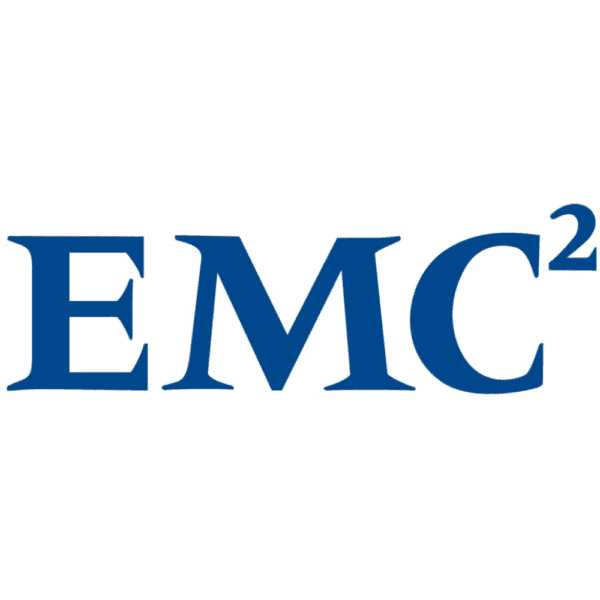When choosing energy storage options for UPS Systems, two battery chemistries predominate; lead acid (typically VRLA), and lithium ion (Li-ion). VRLA is long-established with a majority market share, while champions of the relatively new Li-ion products claim them as superior UPS standby power solutions.
KUP is neutral in this debate, without commitment to either battery type. From this position, Ian Jackson, Managing Director at KOHLER Uninterruptible Power – Ireland, compares the two chemistries. Then he considers why, given Li-ion’s claimed benefits, VRLA types remain dominant for UPS energy storage. Finally, he explains why VRLA looks set to maintain this dominance for a while yet.
What are the Advantages of using Li-ion Batteries for UPS Systems?
Primarily, Li-ion batteries have a better power-to-weight ratio than similarly rated VRLA types, as Table 1 shows:
| 200KW N+1 Modular System | Li-ion solution | VRLA solution | ||
| Autonomy | W x D x H in mm | Weight Kg | W x D x H in mm | Weight Kg |
| 7 minutes | 650 x 600 x 2055 | 550 | 1870 x 900 x 2450 | 2,700 |
| 15 minutes (19 min Li-ion) | 1300 x 600 x 2055 | 1,100 | 2480 x 800 x 200 | 2,700 |
| 30 minutes (35 min Li-ion, 31 min VRLA) | 1950 x 600 x 2055 | 1,650 | 2490 x 875 x 1900 | 4,900 |
Table 1: Comparison of Li-ion and VRLA battery dimensions and weights
They also discharge more efficiently than VRLA at high C (discharge) rates, although this advantage erodes at lower C rates. Charging rates from fully discharged are also higher with suitable chargers. Another claimed advantage is a very wide usable temperature range, although discharge rates and longevity can be optimised by operating at 23°C ± 5°C. Li-ion batteries have improved resilience to temperatures outside this range, with much better low-temperature discharge capabilities, than VRLA. However, like VRLA, excessively high temperature operation significantly reduces Li-ion batteries’ useful life.
Cost is also critical. Prices have fallen significantly – up to 85% – over the last decade, and these reductions naturally increase Li-ion’s appeal. However, Li-ion pricing is still a barrier – see Table 2.
| 200KW N+1 Modular System | Li-ion over VRLA cost elevation |
| Autonomy | |
| 7 minutes | 90% |
| 15 minutes (19 min Li-ion) | 233% |
| 30 minutes (35 min Li-ion, 31 min VRLA) | 224% |
Table 2: Percentage cost elevation of Li-ion over VRLA for various autonomies
Nb. VRLA systems include PowerNSURE battery management system
Design life is another factor, for which manufacturers are quoting up to 15 years. Operational life is probably nearer 10 – 12 years, but not yet proven. This compares with a real-life norm of 7 – 8 years for VRLA.
Why don’t Li-ion Batteries Dominate the UPS market?
Li-ion protagonists point to the batteries’ longevity as an advantage offsetting its higher capital cost. However, KOHLER Uninterruptible Power’s experience shows that UPSs correctly installed in a suitable environment and properly maintained and supported are typically reliable for 15 years. This neatly matches two consecutive 7 – 8 year VRLA lifetimes but raises replacement co-ordination issues with 12-year Li-ion batteries.
Li-ion is also disadvantaged by the true costs of achieving suitable autonomy, which is traditionally 10 – 15 minutes for UPSs. However, in reality most blackouts last either for three minutes or less, or for closer to three hours. While VRLA costs can be decreased by designing for this lower autonomy, the same isn’t true for Li-ion. Such short autonomies can only be achieved from more expensive higher discharge-rate cells. Accurately and cost-effectively sizing for different loads is also difficult, with Li-ion’s currently very limited choice of capacities.
There is also an element of mistrust. In reality, manufacturers have considerably progressed in addressing safety fears through highly segregated cell designs and mandatory advanced monitoring and management systems. Yet Li-ion is still sometimes seen as unproven, and a safety risk.
End-of-life creates further problems; an exhausted Li-ion battery primarily comprises hazardous waste that’s difficult to recycle, and subject to high costs and restrictions during transportation. By contrast, VRLA is up to 98% recyclable. However, lithium battery recycling research initiatives, including one by the US Energy Department, are now underway.
Conclusion
For the reasons above, VRLA continues to dominate the market for UPS energy storage. This situation looks unlikely to change soon, because, while advances are being made in lithium-ion technology, VRLA manufacturers are fighting back; one strategy is to make increasing use of battery monitoring and management systems.
KOHLER Uninterruptible Power’s PowerNSURE, for example, can increase VRLA battery life by up to 30 percent, while also increasing reliability and reducing maintenance costs.
Fig.1: VRLA batteries with connections for PowerNSURE battery monitoring






